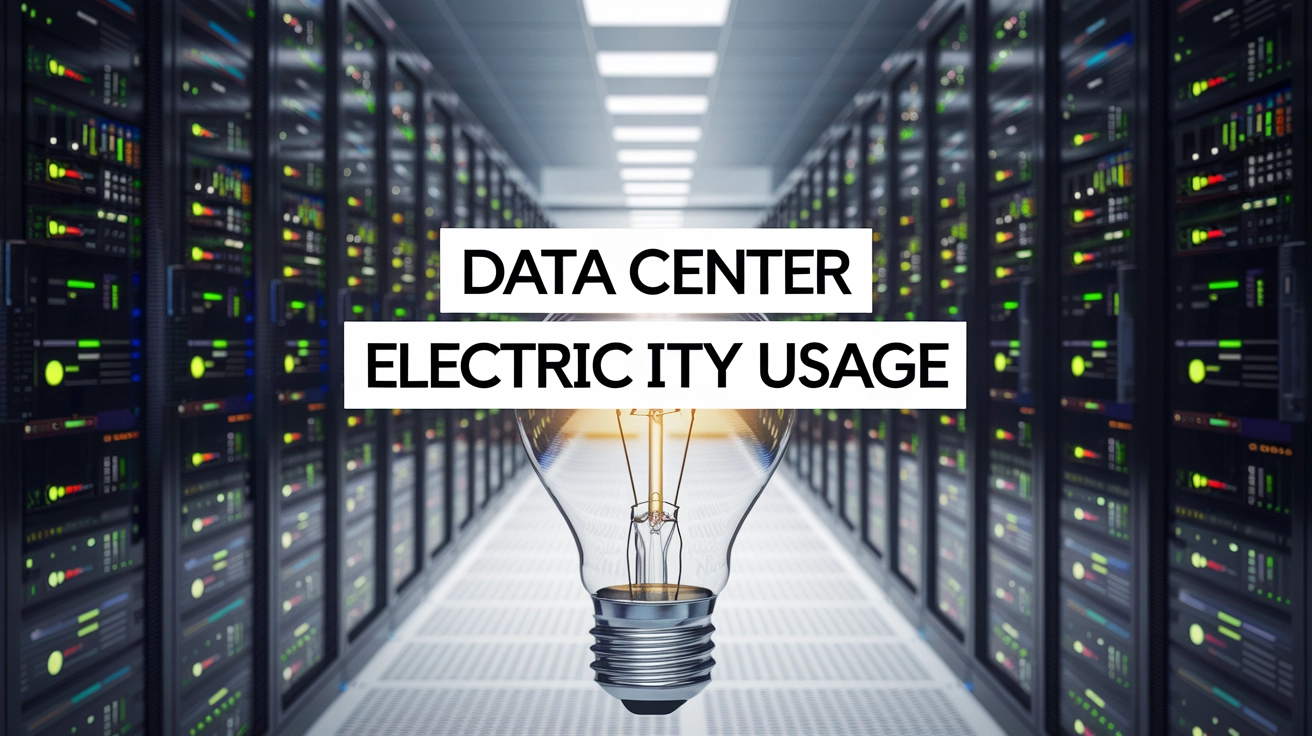Data Centers’ Surging Electricity Needs

The surge in power needs associated with artificial intelligence (AI) and cloud computing has escalated to a point where individual data center campuses could soon consume more electricity than entire cities or even some U.S. states. This trend comes as data centers take on an increasingly essential role in powering applications that businesses and consumers depend on daily.
Growing Energy Demands
According to developers in the field, the rapid expansion of data centers, driven largely by AI, suggests that these facilities may soon require up to a gigawatt of power, equivalent to twice the residential electricity consumption of the Pittsburgh area in 2023. As these facilities scale up, the search for sufficient power supplies and appropriate land becomes more challenging, raising significant concerns about energy infrastructure.
A Race for AI Dominance
Ali Fenn, president of Lancium, a Texas-based company focused on securing land and power for data centers, explained that technology firms are engaging in a “race of a lifetime” to achieve global dominance in AI, fundamentally intertwining national security with economic competitiveness. This environment has created an urgency for these companies to invest heavily in capabilities critical for AI processing.
Energy Supply Challenges
Renewable energy sources alone are insufficient to meet the growing power demands, compelling developers to consider natural gas as a critical supplement. As highlighted by Nat Sahlstrom, chief energy officer at Tract, the very scale of modern data centers is beginning to outstrip existing utility infrastructures in the United States. The availability of land suitable for such expansive facilities is also diminishing, leading developers to look beyond established hubs like northern Virginia.
Emerging Markets and Development
Tract has actively amassed over 23,000 acres across the U.S. for data center development, with substantial holdings in Maricopa County, Arizona, enhancing growth potential amidst these energy constraints. For reference, a hypothetical data center operating at peak demand of one gigawatt could equate to the average annual electricity consumption of approximately 700,000 homes.
Future Outlook and Environmental Concerns
Looking forward, the average size of individual data centers operated by major tech companies is increasing, with forecasts indicating that facilities capable of producing 500 megawatts or more will become more common in the 2030s. Texas is emerging as a prime location, benefiting from favorable regulations and abundant energy resources. However, as data center operations expand, developers must ensure that local electricity costs remain manageable and grid reliability is not jeopardized.
Partnerships for Sustainable Development
The partnership between data centers and utility providers, as stressed by industry experts, is vital for creating a balance where these facilities act as assets rather than liabilities to the electrical grid. This relationship will be key to maintaining competitive energy prices while contributing to the grid’s stability amid growing demands.
Long-term Solutions
While the transition to renewable energy sources evolves, many major tech companies, including Microsoft and Google, are currently investing in nuclear power as a more reliable energy source. However, the high costs and complexities associated with constructing new nuclear reactors mean that natural gas will likely continue to play a dominant role in the near term. Despite the conflicting objectives regarding emissions, industry stakeholders remain optimistic that innovations can help reconcile the expansion of data centers with environmental sustainability goals.
As data centers continue to evolve and expand, their impact on energy consumption and environmental targets will remain a pressing issue, necessitating ongoing dialogue and strategic planning among stakeholders in this dynamic field.